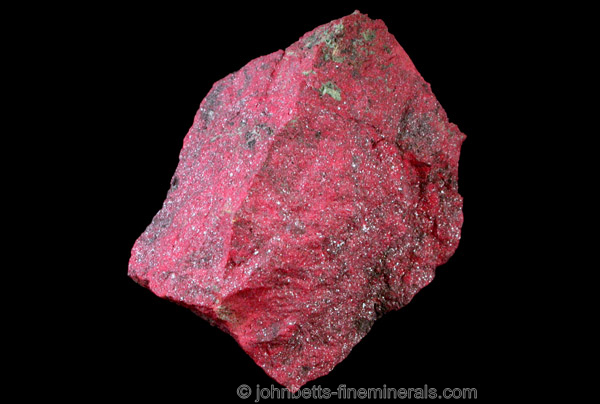Australia is rich in most minerals but not cinnabar (mercuric sulphide, HgS). The Australian continent features similar geological settings to the main historical mercury-producing regions in Spain (Almaden), Slovenia (Idria) and California (New Almaden and New Idria) but known deposits in Australia are small and have generally proved uneconomic to exploit. The historical gold mining industry offered a rich market for mercury, where it was widely used in the amalgamation process, but many years of prospecting, mine development and cinnabar processing yielded very limited output. Global mercury demand in the nineteenth century could be met with a few very large deposits, worked by cheap labour, and controlled by a small number of producers. The Rothschild family, for example, maintained a monopoly on production by their hold on mining leases in Spain and contracts in Slovenia.
Notwithstanding Australia’s limited mercury deposits, several attempts were made during the 19th and early 20th century to mine and treat known resources. These included operations in New South Wales and Queensland, established between the 1860s and the First World War. The most significant of these included Kilkivan in south-east Queensland, where the company refined almost 6 tonnes of mercury between 1873 and 1892, and Pulganbar in north-east New South Wales, which produced c.1 tonne in 1915-1916. There were also minor deposits near Jamieson in Victoria’s central highlands, at Willunga in South Australia, and at Jane River in south-west Tasmania, while exploration licences were issued to search for mercury in Gippsland in the 1860s. These volumes of locally treated mercury, however, were far below the needs of the gold mining industry, which looked to international sources for a secure and economical supply.
The local price of mercury in the 19th century was about 2 shillings and sixpence per pound, at a time when gold traded for 70 shillings per ounce. Mercury was normally stored and transported in iron bottles or flasks that contained 76 pounds (34.4) kg of quicksilver. Glass and ceramic bottles and jars were also used at times as the mercury did not stick to the insides. Victoria imported 675 tonnes of mercury between 1868 and 1888. Annual totals varied but the mean annual quantity imported was 32 tonnes. Out of this total more than 80 tonnes were also re-exported to other Australian colonies, while some was used in non-mining applications such as medical treatments and dental amalgams. Mining companies also stockpiled mercury, which meant that large volumes were available for purchase when companies went out of business. Most of the mercury imported during this period was probably used to replace mercury lost during the processing of auriferous quartz.
Mercury amalgamation persisted in Australia as an effective process of gold separation well into the 20th century. As late as 1938, for example, Australia imported almost 35 tonnes of mercury, mostly used in gold processing.

This stoneware ceramic jar (Figure 1) was recovered from the Loch Ard shipwreck, wrecked off the Victorian coast in 1878. There were only two survivors, Eva Carmichael and Tom Pearce, the cabin boy, while a luxury grand piano also washed ashore. The jar was found with globules of mercury inside and may have been part of a larger consignment of mercury in the ship’s cargo.
By Dr Peter Davies, La Trobe University


Twitter